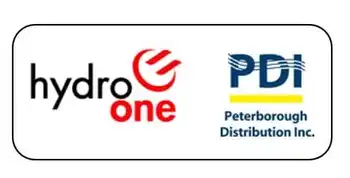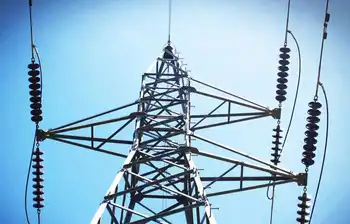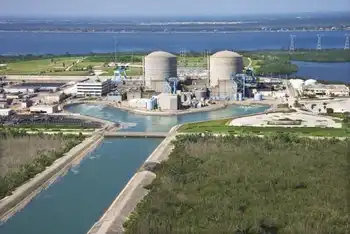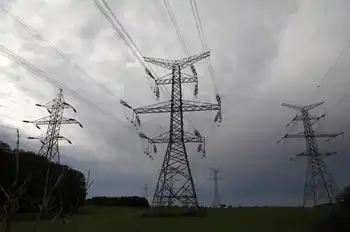Plan Would Reduce Fish Deaths Caused by Nuclear Plant
- New York State told the company that owns the Indian Point nuclear plant yesterday to begin taking steps to install a new water cooling system that would prevent the deaths of large numbers of fish each year.
In a draft permit that is subject to review, the state also called on the plant's owner, Entergy Nuclear Northeast, to shut down one of the two reactors for 42 days a year from February to August in 2003 to reduce the number of fish caught in the current intake system. It also required the company to pay $24 million a year to a Hudson River fund that helps pay for projects that would protect aquatic habitats. Those payments would continue until construction begins on the new cooling towers.
The decision by the state's Department of Environmental Conservation was hailed by environmental groups and Richard L. Brodsky, a state assemblyman, who together filed a lawsuit to press for such a permit. And some critics hope the project will be so expensive it will help lead to the shutdown of the plant.
But they criticized what they felt was a too generous timetable, giving the company as long as 2013 to begin construction on the towers.
An Entergy official expressed confidence that hearings would show that the new towers are not needed. But state officials disputed that assessment. "This draft permit puts the facility on a path to plan for the implementation of that system," said Mike Fraser, an agency spokesman. Indian Point draws up to 2.5 billion gallons of water a day from the Hudson River to cool its two reactors, and the environmental agency said in a news release accompanying the draft permit that the water intake systems "contribute to significant mortality of aquatic organisms."
A recent state environmental study said that Indian Point caused more than 1.2 billion annual deaths of several aquatic species from 1981 to 1987. Fish made up a small percentage of the deaths; most were eggs and larvae. Another concern among environmentalists is the heated water that is returned to the river and its effect on the Hudson's ecology.
The state identified "closed-cycle cooling" as the best available technology to minimize the impact of Indian Point. The new cooling towers would recycle water and reduce fish kills by 97 percent, environmentalists argue.
The draft permit, which will now wend its way through a public comment period, stipulates that construction of a so-called closed-cycle system is contingent on Entergy receiving a license extension from the Nuclear Regulatory Commission. But Entergy's current license does not expire until 2013 for one reactor and 2015 for the other.
"This is the biggest single victory with respect to the rape of the Hudson that Indian Point represents in 20 years," Mr. Brodsky said. "But because they don't have to do much until 2013, it amounts to an escape clause. There's no excuse for a 10-year delay for implementation."
But state officials said that the cooling towers were such a big investment for Entergy that their construction would make sense only if Indian Point were to continue operating beyond 2013. "The cost of constructing the closed-cycle cooling system would be wholly disproportionate when compared to the environmental benefits if the license extension is not granted," Mr. Fraser said.
Entergy appeared to interpret the draft permit less as marching orders than a call for more study. Jim Steets, an Entergy spokesman, said the permit asked the company to "do these necessary studies and assess the impacts on a variety of things."
Mr. Steets said the hearings would show that the current cooling method was actually best for the environment.
For one thing, he said, the cost of the cooling towers, estimated by Entergy to be $1.6 billion, would be so "prohibitive" that it might make the plant too expensive to operate. That, he said, would lead to dirtier replacement sources of electricity like fossil fuel plants. In addition, cooling towers might require blasting the banks of the Hudson.
"We think we can make a strong case for continuing to operate Indian Point well beyond its current license with the cooling system that we have because it provides adequate protection of fish in the Hudson and it avoids using fossil fuels that pollute the air," Mr. Steets said.
Entergy has long made the case that its present cooling system kills mostly fish eggs, and the vast majority of fish eggs die from natural causes anyway. "I've never seen slaughtered fish outside the Indian Point plants — never," he said.
Related News

Peterborough Distribution sold to Hydro One for $105 million.
PETERBOROUGH - The City of Peterborough said Wednesday it has agreed to sell Peterborough Distribution Inc. to Hydro One for $105 million.
The deal requires the approval of the Ontario Energy Board.
According to the city, the deal includes a one per cent distribution rate reduction and a five-year freeze in distribution rates for customers, plus:
- A second five-year period with distribution rate increases limited to inflation and an earnings sharing mechanism to offset rates in year 11 and onward
- Protections for PDI employees with employees receiving employment offers to move to Hydro One
- A sale price of $105 million
- An agreement to develop a regional…




